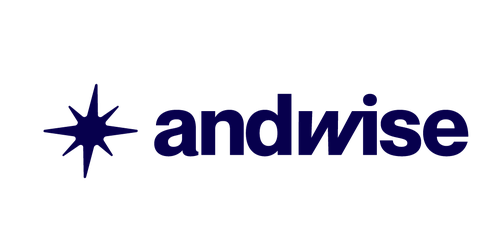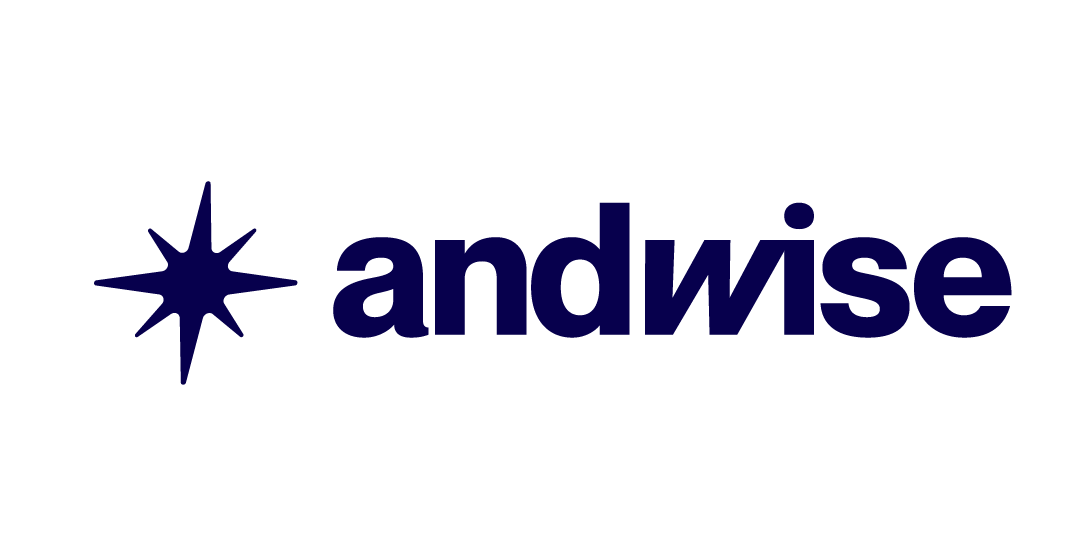
Bernadette Joy, Contributor
March 26, 2024
Roughly 3 in 4 Americans live paycheck to paycheck, per a Payroll.org survey cited in a recent Forbes Advisor guide on the topic. Studies like this one indicate people are challenged to save or invest money after paying their living expenses.

Having a buffer in your checking account can remove the anxiety of waiting for your next paycheck.
GETTY
In these situations, the personal finance concept of having an emergency fund often takes center stage. It's long been hailed as a crucial safety net, providing peace of mind in the face of unexpected expenses or income disruptions.
But another layer of financial security that's often overlooked helped me move on from the paycheck-to-paycheck cycle and become a debt free millionaire. It’s also a key component I teach as a financial coach to help people save and invest more money toward financial independence . It’s called the cash flow cushion—a lesser-known but equally vital component of financial stability.
How The Cash Flow Cushion Differs From An Emergency Fund
Living paycheck-to-paycheck is a commonly used term but it doesn’t necessarily mean you lack income. I’ve coached many people who earn multi-six figures — at least $200,000 per year — and still live paycheck to paycheck. The expression more so represents a personal challenge: if you didn’t receive your next paycheck for any reason, you would experience a significant amount of financial or emotional stress.
A cash flow cushion is a buffer of funds that are readily accessible in your checking account and equal to one month's worth of expenses. Unlike an emergency fund , which is reserved for major unexpected expenses like medical bills or car repairs, the cash flow cushion serves a different purpose. It's there to ensure you're not living paycheck to paycheck, providing financial and emotional stability and security in your day-to-day life.
Building Your Cash Flow Cushion
Building a cash flow cushion starts with a clear understanding of your monthly expenses. Calculate the total amount you typically spend in a month, including necessities like your:
- rent or mortgage;
- utilities;
- food;
- transportation; and
- other essential health expenses.
Identifying these nonnegotiable expenses lays the foundation for determining the size of your cushion. Once you have a clear picture of your monthly expenses, start setting aside funds to cover them. This might involve reallocating some of your savings or adjusting your budget to prioritize building your cash flow cushion.
Advantages Of A Cash Flow Cushion
One of the cash flow cushion’s most significant advantages is the reduction of financial stress. Knowing you have a buffer to cover your expenses provides peace and confidence, even in the face of unexpected financial challenges.
Additionally, a cash flow cushion acts as a safeguard against expense fluctuations and income disruptions. Whether it's a sudden car repair or a temporary reduction in work hours, having that extra month of expenses readily available to pay your bills can help bridge the gap without resorting to credit cards or loans.
Furthermore, a cash flow cushion provides flexibility in managing irregular income. For freelancers, entrepreneurs, or anyone with fluctuating income streams, having a buffer in your checking account can help smooth out the highs and lows, ensuring you can cover your expenses during lean months without dipping into savings or accruing debt.
Maintaining Your Cash Flow Cushion
Maintaining a cash flow cushion requires intentionality and commitment to keeping the cushion at the level at which you’re not relying on the next paycheck to come in to pay bills in this current month. Start by automating transfers from your primary savings account to your checking account on a regular basis. This ensures your cushion is consistently replenished without requiring your attention.
Monitor your expenses at least quarterly to ensure your cash flow cushion remains sufficient to cover your monthly expenses. If you encounter unexpected expenses or experience a temporary drop in income, be proactive about replenishing your cushion as soon as possible to maintain its effectiveness.
But What About Investing?
Despite its benefits, some people may be hesitant to prioritize a cash flow cushion. Concerns about missed investment opportunities or low-interest rates on checking accounts may deter you from allocating funds to your cushion.
However, the financial security your cash flow cushion provides far outweighs any potential drawbacks. It plays a critical role in ensuring that you are breaking the mental cycle of waiting for your next paycheck to pay the bills you inevitably have due in the same month. It starts to put space between your survival instinct and your ability to think more strategically, so you can focus more time and energy on more sophisticated financial goals like investing.
By prioritizing, creating and maintaining a one-month buffer of expenses in your checking account, you can break free from the cycle of living paycheck to paycheck and enjoy greater flexibility, security, and peace of mind in your day-to-day finances.
© 2024 Forbes Media LLC. All Rights Reserved
This Forbes article was legally licensed through AdvisorStream.


